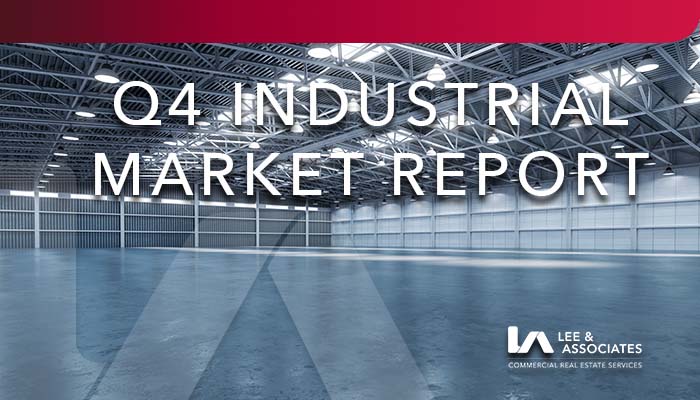Ned, a real estate investor, starts analyzing commercial properties for a possible investment. He completes his research and gathers up all the information he can about each potential piece of property he’s interested in. With all the data, given to him about each building, one piece of information catches his eye- a cap rate. He’s unsure of what that is, so he ignores it and decides to go ahead and purchase one of the commercial properties he was considering, anyway.
The investor, in our above example, could be in a precarious position with the investment he’s looking to move forward with. The Commercial real estate cap rate , or “capitalization rate” as it’s often called, is one of the critical pieces of the puzzle that will tell him whether the property is worth investing in or whether it will fail to bring in a profit in the future. It’s essential that he, and you, understand what a capitalization rate is and how to use it to your advantage.
What is a Cap Rate?
A cap rate is one type of measurement used in evaluating an investment, indicating risk and the potential rate of return for a prospective property. The annual net operating income of the building divided by its market value, or purchase price, gives you the cap rate. So, Ned, our example investor, is looking to purchase a building at, say, $900,000. The building brings in $60,000 in income and incurs $15,000 a year for expenses.* Subtract the annual expenses from the yearly income, and you get the net operating income or NOI. The NOI would then be $45,000 a year in our example. To figure out the cap rate for this building you simply divide the NOI with the purchase price (45,000/900,0000=5%). The cap rate for Ned’s investment building is 5%.
What does that mean?
Ned’s investment cap rate of 5% must be considered in relation to other factors affecting the purchase. The higher percentages are viewed as a high-risk investment, bringing in a better return. The lower the rates are, the lower risk is involved, and the less possible profit capability. However, the cap rate of a property may change over time so that lower rates could bring in more profits in the future.
Also, a cap rate could mean different things in different situations. Factors that can influence cap rates include:
- Location
- Interest rates
- Growth
- Supply vs. demand
- Property type
- Rents that are above or below market
- Length of the lease term
- Financial strength/credit rating of the tenant
An investor needs to sift through tons of information about a building to determine the return on investment it potentially has. All that data could be confusing, but it’s still essential to make the wisest decision when investing your hard-earned money. Maximize your bottom line net profit by seeking a licensed commercial real estate professional who understands what all the figures mean and can help you sort out all the information, piece by piece. Contact Lee & Associates Orange today, and we’ll be glad to look over your potential investment and guide you in the right direction.
*Note: Mortgage payments are not expenses.
by Staff Writer, Lee & Associates Orange

